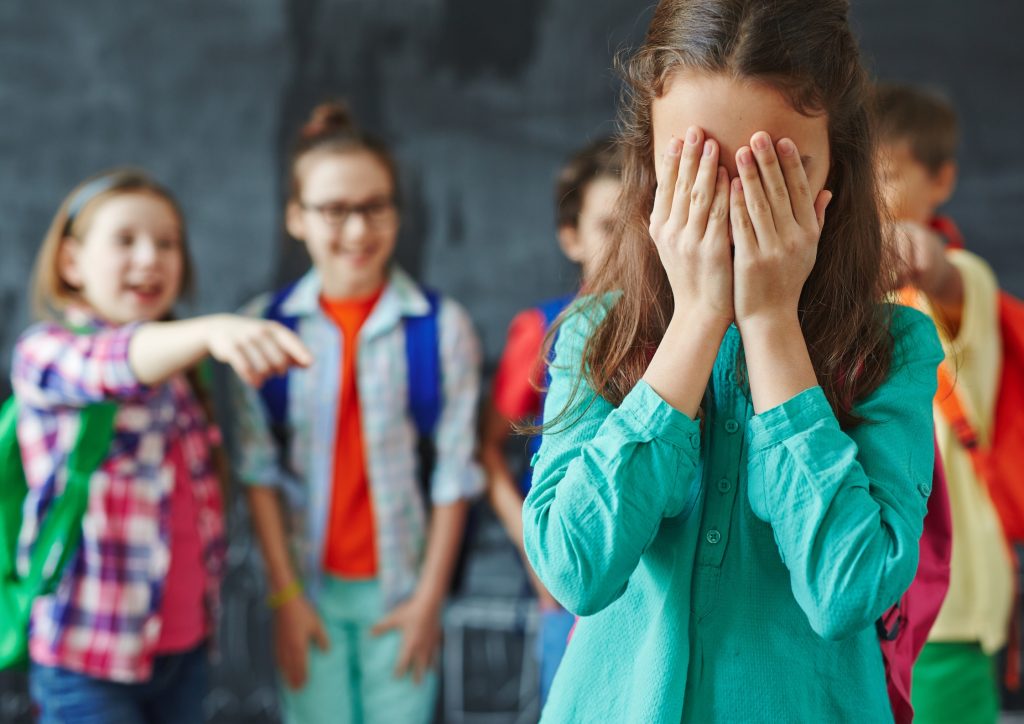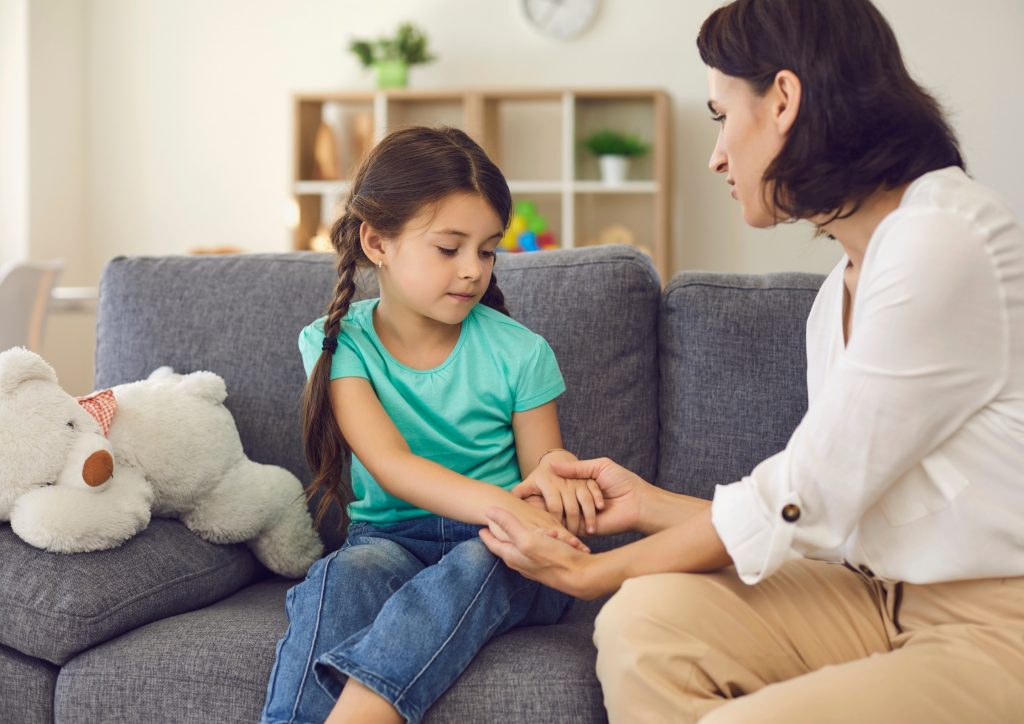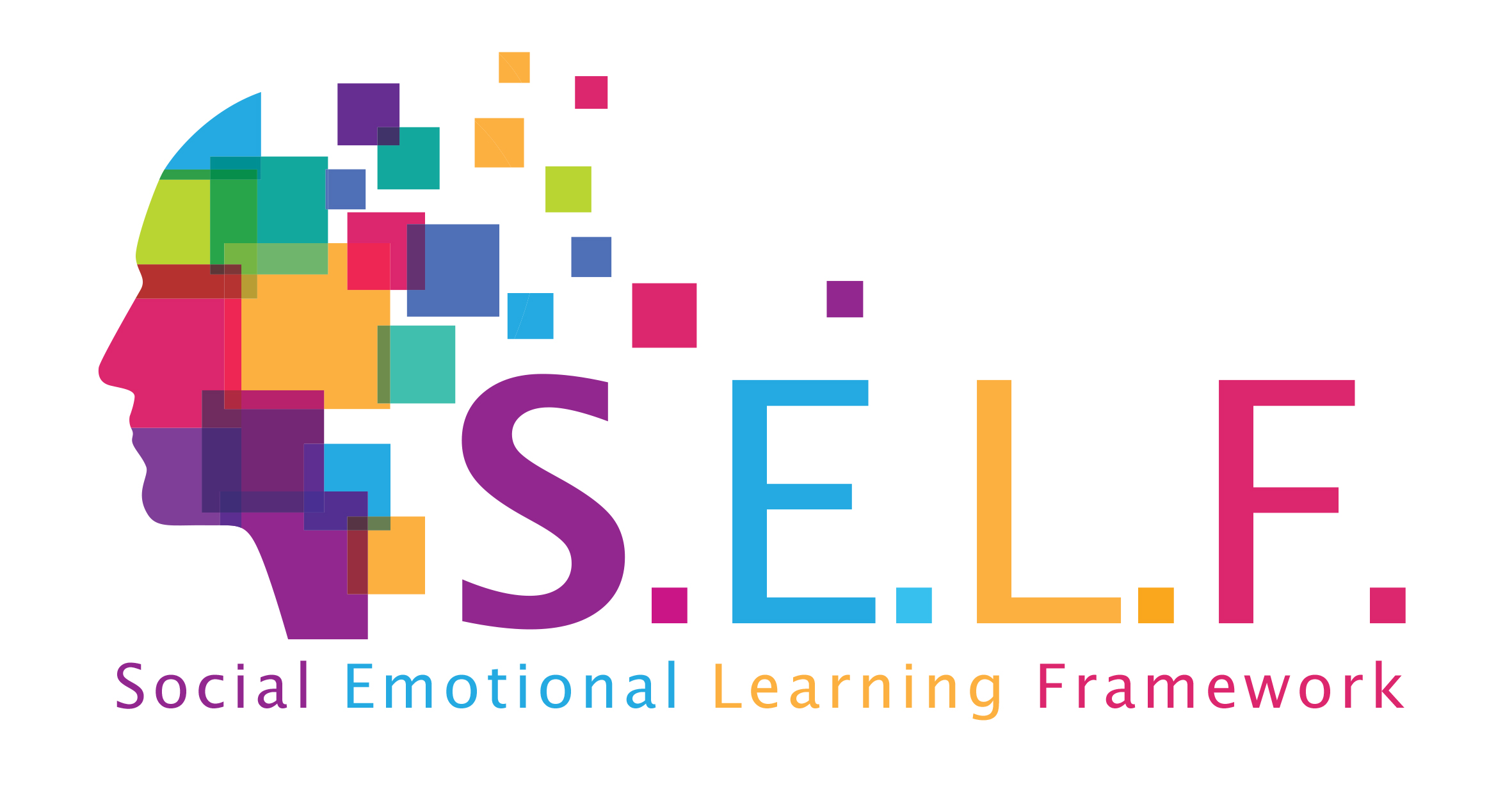BULLYING
What Is Bullying?
Why Is It Important?
Best Practices
What Is Bullying?
 Bullying is an unwanted and aggressive behavior among school-age children, involving a real or perceived imbalance of power. Bullying means imposing physical, psychological or social discomfort on one or more students on a regular basis. Bullying has a potential to be repeated over time. In this process, bullying may create permanent problems for both the bullied children and the bully.
Bullying is an unwanted and aggressive behavior among school-age children, involving a real or perceived imbalance of power. Bullying means imposing physical, psychological or social discomfort on one or more students on a regular basis. Bullying has a potential to be repeated over time. In this process, bullying may create permanent problems for both the bullied children and the bully.
For a behavior to be considered as bullying, the bullying must involve an imbalance of power and take place repeatedly. Bullying involves not only physical violence but also verbal violence, including teasing, spreading rumors or socially rejecting, threatening and isolating another student. Bullying also involves acts such as hitting, scaring, teasing, mocking, calling bad names, humiliating, taking money and damaging one’s property by terrorizing them and intruding someone else’s personal space without permission.
Bullying can happen during or after school hours. While most of the bullying reported takes place in the school premises, a significant percentage may also occur in places such as the playground or school bus.
Physical, verbal and cyber bullying are key problems that can be encountered in schools at all ages. Identity-based bullying targets traits such as race, religion, appearance, gender, gender identity expression, sexual orientation, disability, etc., and negatively affects the school culture. Students who are bullied are more likely to discontinue classes, avoid school activities, and engage in physical fights. Both the victims and attackers of bullying and cyber bullying must be handled and supported separately. In middle school and high school years, the probability of encountering identity-based bullying incidents is high due to the characteristics of the developmental period. Therefore, using inclusive language, defining and teaching identity concepts are key elements to prevent this behavior. Curricula, school policies and procedures, how prejudice is handled, role modeling by adults, as well as the values expressed by the school administration and the premises are the main areas that need to be revised and worked on again to prevent bullying.
https://www.adl.org/education/resources/tools-and-strategies/safe-and-inclusive-schools-for-all)
Why Is It Important?
 Bullying is a problem that threatens the emotional, physical and psychological safety of students. When children are exposed to bullying, they feel anxiety, sadness and desperation. They may also fear rejection by their peers when bullied. These feelings experienced by children may be a result of bullying, or caused by the anxiety that such bullying may repeat.
Bullying is a problem that threatens the emotional, physical and psychological safety of students. When children are exposed to bullying, they feel anxiety, sadness and desperation. They may also fear rejection by their peers when bullied. These feelings experienced by children may be a result of bullying, or caused by the anxiety that such bullying may repeat.
Bullying can make a child feel helpless. Children may want to handle this problem on their own in order to feel in control again. They may fear being seen as weak or stupid. A student who has difficulty in coping with bullying may feel intense guilt, shame, and a kind of defeat. These students may blame themselves, thinking that bullying emerges from their physical or personality traits.
Bullying may be a humiliating experience. Children may not want adults to know what is being said about them, whether it is true or false. They may also fear that adults will judge or punish them for being weak.
Children who have been bullied may already feel socially isolated. They may feel that no one cares about or understands them.
Students who are exposed to bullying may experience a decline in self-confidence and self-esteem, as well as worthlessness, inadequacy, hypersensitivity, tension and panic at school. When they are continuously bullied, they may have difficulty in concentrating on their lesson as it always occupies their mind. Because of bullying, these students may choose to withdraw and stay friends with fewer people over time.
After being bullied, a student may demonstrate behaviors such as avoiding school, skipping classes, avoiding the area where bullying happened. If bullying has occurred at school, the student may begin to perceive it as an insecure, frightening and sad place. As a result of this, students may be negatively affected due to absence and decline in academic achievement.
Children who show bullying behavior continue to be a threat to others in the future if this remains unattended. In addition, due to their bullying behavior, they may be isolated from others and end up being isolated. These children have difficulty in carrying out tasks that require cooperation.
Children who witness bullying may not feel secure. With the fear of being bullied, they may constantly be on alert to defend themselves. They may have negative feelings such as anxiety, fear, hopelessness, sadness due to the physical or psychological violence of bullying around them.
 Suggestions for Parents
Suggestions for Parents
– Recognize the warning signs that your child is involved in bullying. Your child might be bullied, bullying others, or witnessing bullying. While the changes in your child who is involved in bullying can sometimes be mistaken for other problems, you should talk to your child if to figure out if there are any behavioral or emotional changes.
– Most of the time, children do not seek help from adults after bullying incidents; therefore, it is critical to follow the changes in your child’s mood and behaviors. You may consider getting professional help for the necessary issues.
– Learn what bullying is and what it isn’t. Understanding what bullying is the first step in creating a plan to prevent or react to bullying. Many behaviors that resemble bullying may equally be serious, but each requires different response strategies.
If your child is bullied…
- First of all, try to manage your own emotions.
- Listen to your child’s bullying story without judging them and try to learn the details of the incident.
- Let them know that you are there for them and that you want to help.
- Discuss their ideas on how they would like to handle the situation.
- Make a plan with your child for the next steps.
- Determine other people who can help, such as a teacher or psychological counselor.
If your child witnesses bullying…
- Explain that the first step is to tell an adult.
- Share that they can make a positive impact on others.
- Work together to come up with a plan that your child can use to respond to bullying incidents that your child may encounter in the future
- Tell your child to never participate in any bullying or support anyone who bullies others.
- Encourage your child to be supportive and kind to the student who is being bullied.
- Explain that why telling an adult about bullying is a good idea and that bullying is not a way of having fun or entertainment.
If your child is bullying…
- Know that bullying is a behavior which can be changed.
- Know that children can bully for many different reasons.
- Have a calm conversation with your child to discover the reasons for their behavior.
- Help your child understand how their behavior affects others.
- Clearly and consistently explain the proper behavior you expect from your child.
- Tell them that bullying is not okay under any circumstances.
- Help them think about how they can handle things more positively before employing bullying.
- Give positive feedback for the good choices they make.
